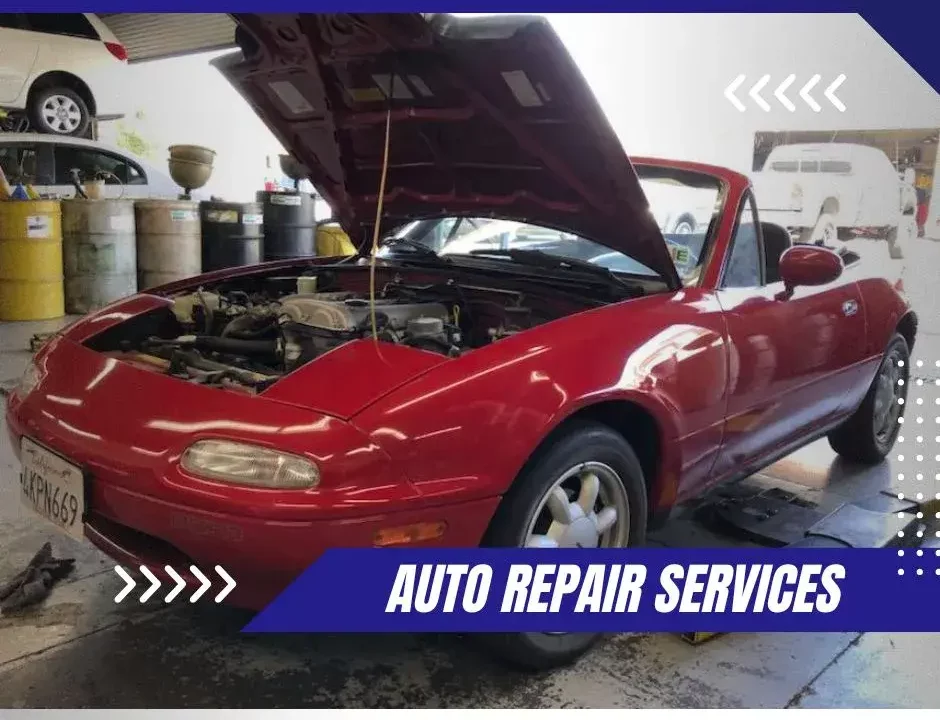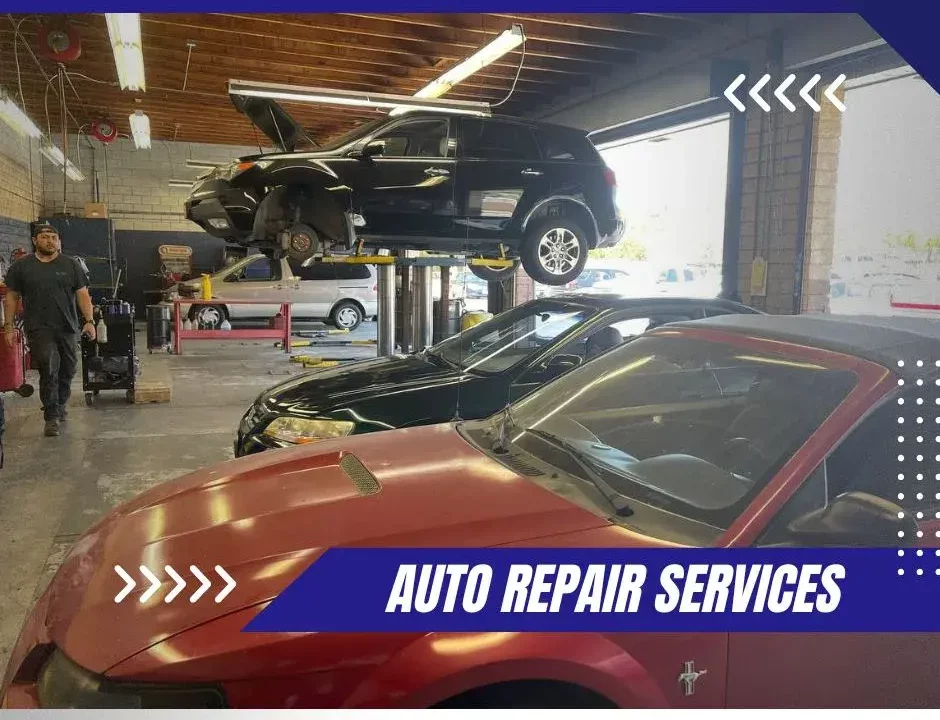
Auto Repair Simplified: Understanding Common Vehicle Problems and Solutions
November 17, 2023
Mastering the Art of Car Repair: Tips and Tricks for DIY Enthusiasts
November 20, 2023As we speed into the future, the world of auto repair and maintenance is shifting gears, embracing new trends and technologies. These advancements promise to make vehicle maintenance more efficient, precise, and even eco-friendly. Let’s take a closer look at what’s driving the future of auto repair.
Advanced Diagnostics: The New Frontier in Auto Repair
Gone are the days of guesswork in diagnosing car issues. Advanced diagnostic tools are becoming the norm, offering precise and swift assessments. These tools are like the MRI scans of the automotive world, revealing the inner workings of a vehicle with remarkable clarity.
AI and Machine Learning in Diagnostics
Artificial Intelligence (AI) and Machine Learning are not just buzzwords; they’re revolutionizing how we understand vehicle problems. These technologies can predict issues before they become serious, much like a skilled doctor foreseeing health problems.
Electric Vehicles (EVs) and Their Impact on Auto Repair
The rise of electric vehicles is changing the landscape of auto repair. EVs have fewer moving parts compared to traditional vehicles, which means a shift in the type of maintenance and repairs needed. It’s a whole new world of automotive care, focusing more on electrical components and batteries.
Specialized Training for EV Repairs
As EVs become more prevalent, mechanics will need specialized training. This training is akin to learning a new language – the language of electric vehicle technology.
3D Printing in Auto Repair: A Game Changer
3D printing is making waves in auto repair, allowing for the rapid production of parts on demand. This technology is like having a magic wand for mechanics, offering the ability to create parts that are either rare or no longer in production.
Customization and Restoration Opportunities
With 3D printing, the possibilities for customization and restoration of vintage cars are vast. It opens up a new realm of creativity in auto repair, allowing for personalized touches or bringing classic cars back to life.
The Role of Sustainability in Auto Repair
Sustainability is becoming a significant focus in the auto repair industry. From recycling parts to using environmentally friendly materials, the industry is taking steps to reduce its carbon footprint. It’s like the automotive world’s contribution to a greener planet.
Eco-Friendly Practices in Vehicle Maintenance
Eco-friendly practices in auto repair include using biodegradable lubricants and recycling old parts. This approach is not just good for the environment; it also resonates with the growing eco-conscious consumer base.
Conclusion: Embracing the Future of Auto Repair
The future of auto repair is dynamic and promising, driven by technological advancements and a shift towards sustainability. As we navigate these changes, staying informed and adaptable will be key for both mechanics and car owners alike. The road ahead for auto repair looks exciting and is poised to offer better, more efficient, and eco-friendly vehicle maintenance.




